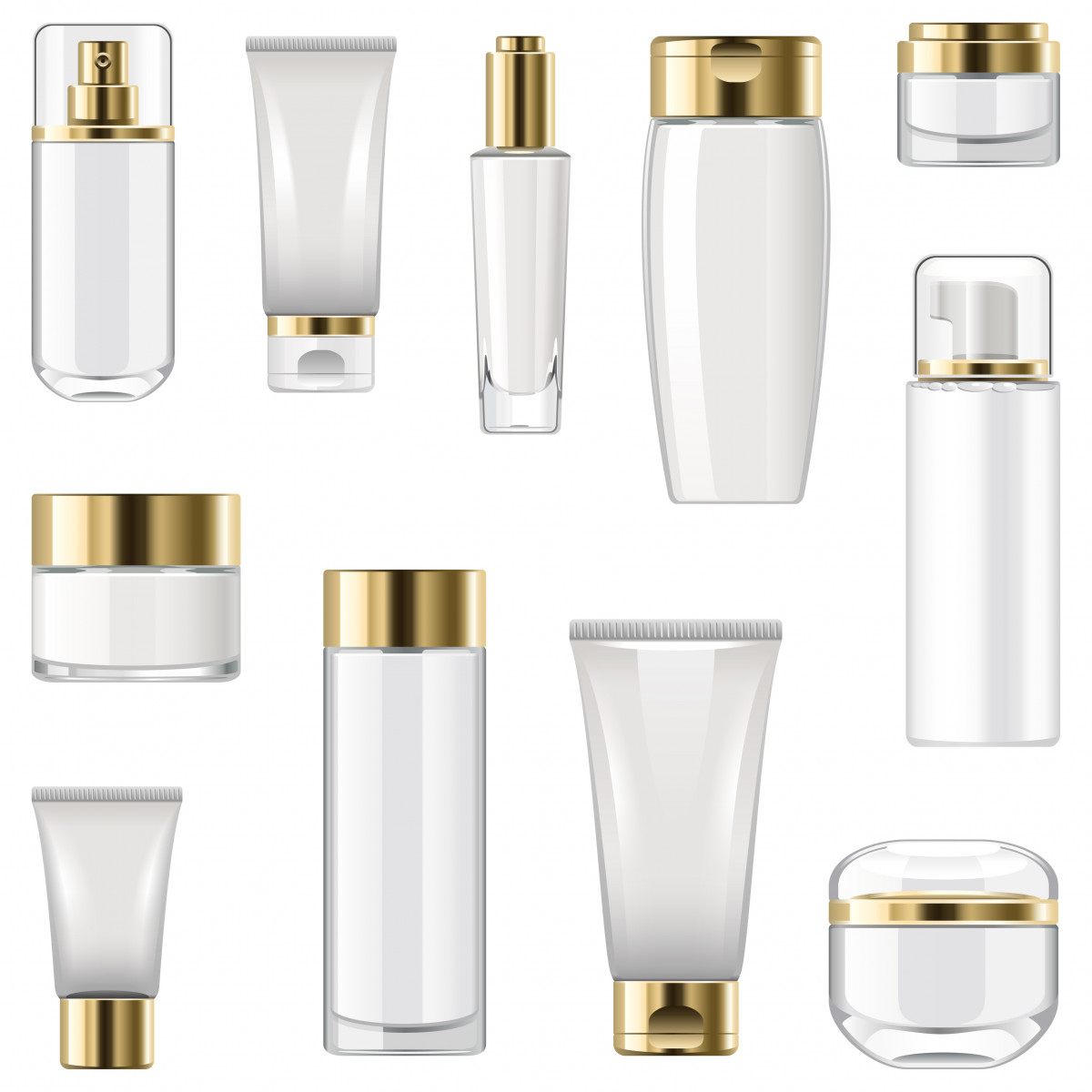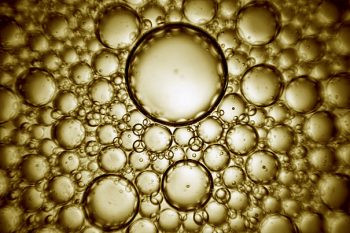Personal Care
Personal care products play an important role in our everyday life. Behind these products, a great deal of engineering effort is required to guarantee the best product look and behavior in a container, in storage, and during use. Learn how our technologies can help you assess the rheological behavior, stability or microstructure of your formulations.
Formulation design

How to create greener, more sustainable formulations while navigating today’s highly competitive landscape and keeping up to date with social and regulatory pressure? We are proud to support formulation scientists with powerful characterization methods that are well suited to tackle the associated challenges.
When it comes to viscoelasticity assessment, DWS sets itself apart from typical rheological solutions by allowing the exploration of high frequencies or short-time dynamics. When working with surfactant formulations and especially with wormlike micelles, the high-frequency behavior can be utilized to extract some of the key microstructural parameters such as the persistence length and contour length.
Read more:
Our application note on Cosmetic Formulation with DWS Microrheology
Our Webinar on formulation design through DWS
Customer publication on the structure and dynamics of wormlike micelles
Texture characterization
Although the term “texture” is most commonly used in food science, it is also used to describe the “handling sensation” of cosmetics & personal care products. Texture can be controlled by viscosity thickeners such as common linear polymers. Microgels are a popular alternative due to their less “sticky” feel and have been widely used in formulation design.
Independently of the ingredients used, the structure and heterogeneities in your samples can be probed at the micro scale using DWS. while having access to high-frequency rheological behavior. At the same time, the size and shape of colloids involved is determined using our NanoLab 3D or LS Spectrometer.
Read more:
Our application note on the characterization of concentrated microgel suspensions
Customer publication on the properties of dense microgel mixtures
Customer publication on the structure and dynamics of wormlike micelles
Emulsion & Foam stability

Most emulsions or foams are not naturally stable and require careful formulation to create dispersions with enhanced shelf life. Even for highly stable systems such as cosmetics, shelf life assessment is often the bottleneck in the formulation and commercialization of new products, and there is an urgent need to accelerate stability testing.
Processes allowing to accelerate the aging of an emulsion within our instruments can be thermally driven (freeze-thaw cycling, or storage at elevated temperature) or, although with a lesser preference, physico-chemically driven (addition of salt, dilution, pH or solvent change). The ensuing loss of homogeneity, change of particle size can be detected at an early stage, thanks to the sensitivity of the instrument. Flocculation/ agglomeration/ coalescence rates can also be monitored.
This total control over the process/storing conditions, the ability to seal the sample and the ultra-high sensitivity to changes occurring make light scattering the tool of choice for emulsion stability monitoring. In particular, DWS provides a unique “2 in 1” approach, as it can evaluate both rheological properties and mean droplet size in emulsion system.
Read more:
Customer publication on the use of DWS for early detection of stability issues in cosmetic emulsions
Our publication on DWS applied to the monitoring of foam coarsening
Our application note of the aging of an emulsion followed by DWS sizing
Customer publication on the aging and microrheology of oil-in-water emulsions
Forensics
When done with the right tools, DLS is a highly precise characterization method that can identify subtle differences between samples. It can be used in forensic analysis to identify counterfeits of vaccines, pharmaceutical creams or tablets.
We have extensive experience in this domain and customers have witnessed the power of the CORENN algorithm to make a difference between samples that were close in characteristics.
Want to test our instruments? Get in touch to discuss a sample evaluation!
